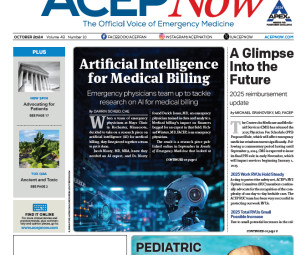CICM Second Part Exam Practice SAQs 13022025
Intensive Blog
FEBRUARY 14, 2025
A suggested answer guide is provided below: Seek and treat underlying reasons for aggression : Medical/Psychiatric assessment : Conduct a thorough assessment (history, examination, investigations) to identify any underlying medical or psychiatric conditions. This includes evaluating for delirium, withdrawal symptoms (e.g.

















Let's personalize your content